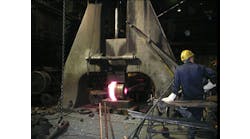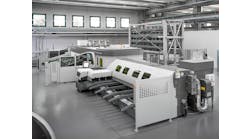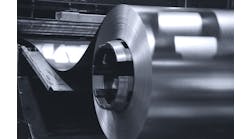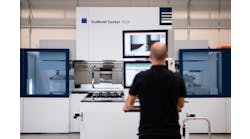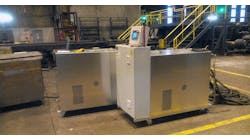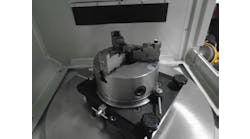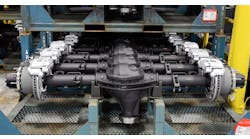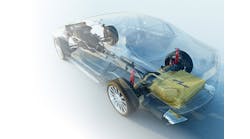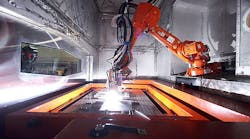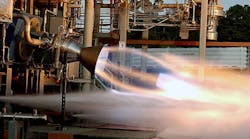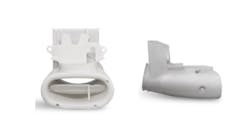Metal Technology, a forger in Albany, OR, is engaged in a collaborative manufacturing project with NASA’s Johnson Space Center, using metal additive manufacturing (or 3D printing, 3DP) to produce parts for rocket engines.
The parts are described as a rocket chamber and a nozzle, but MTI did not indicate the space flight program they support.
Previously MTI has produced forgings for the Orion capsule, which is expected to be carried into space on NASA’s new launch Space Launch System, or SLS. The Orion-SLS combination would be NASA’s transport system for any future Mars mission.
Besides being a forger, MTI is a specialty manufacturer that uses multiple manufacturing processes to produce highly engineered parts in critical materials including tantalum, niobium, zirconium, titanium, tungsten, Inconel, and molybdenum.
In addition to forging, MTI’s process capabilities include deep-drawing, metal spin forming, machining and EDM, and additive manufacturing, specifically the direct metal laser sintering (DMLS) technology.
DMLS uses laser power to melt powdered alloys deposited according to a pattern derived from a CAD program, building the component structure in layers.
NASA is actively integrating additive manufacturing processes into its engineering and design work, because additive processes make it possible to produce low volumes of highly engineered parts, using high-tech materials.
Propulsion engineers and other NASA scientists are using such processes to integrate new features into existing component designs, or joining individual parts using additive manufacturing methods to improve the functionality of current designs.
Details like conformal channels for regenerative cooling, or other geometry that cannot be achieved using standard manufacturing methods, may be possible using 3DP.
Designs can be made lighter or more functional, or the number of parts can be reduced, all in the effort to improve performance—in this case, of the rocket engine.
MTI noted that Inconel 718 is strong enough to withstand extreme heat and corrosive environments without losing its rigidity or becoming brittle.
“The Project provided amazing dialogue and collaboration between the NASA and MTI development teams, and the results were excellent,” according to MTI’s CEO Gary Cosmer.

